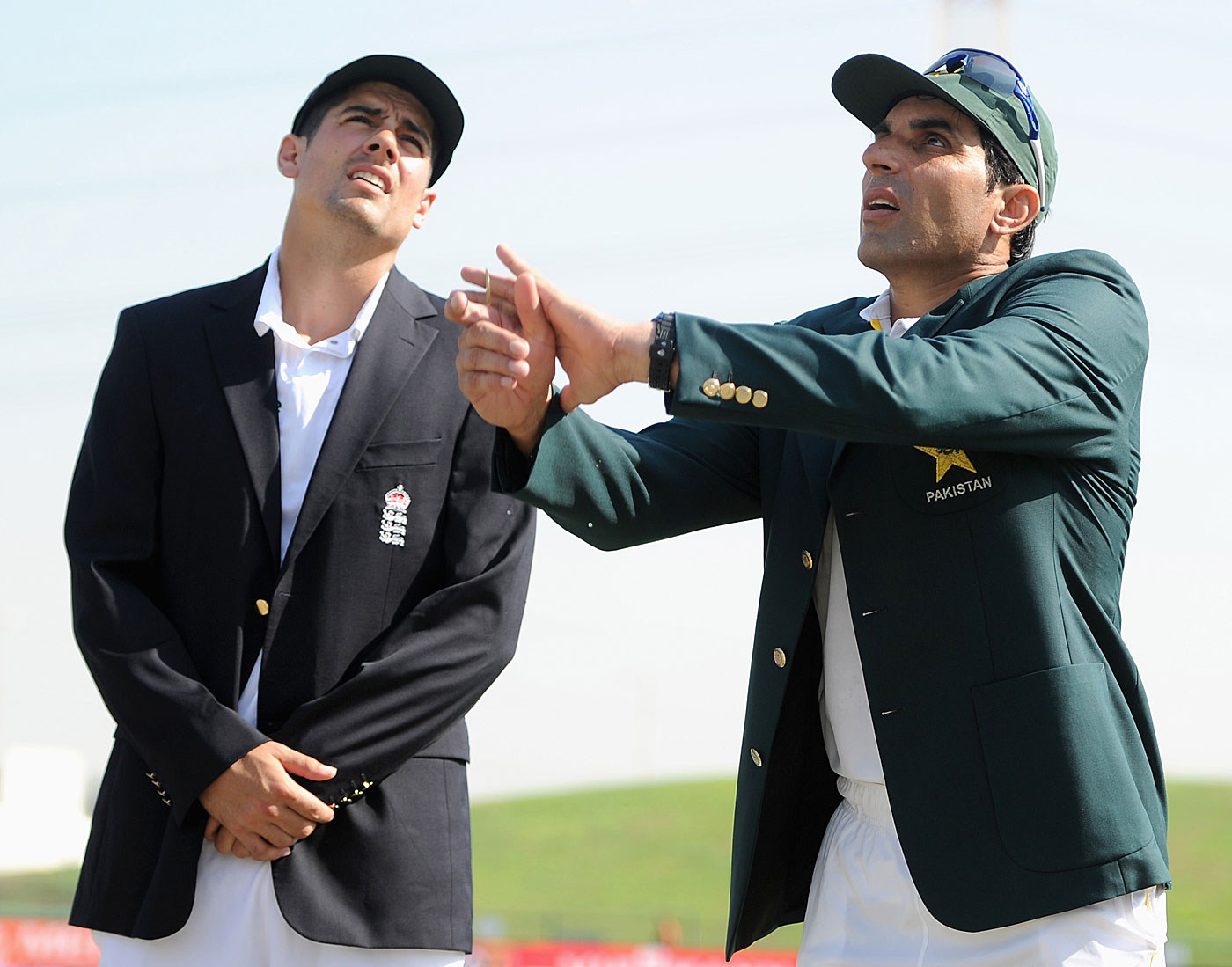Co-authorship seems to be the order of the day. Photograph: PhotoAlto / Alamy/Alamy
Catherine Bennett in The Guardian
For as long as I can remember, I have been fascinated by the importance attached to personal statements, written to a formula, and not by the candidates alone, as part of applications to British universities. The longer it persists, the more farcical, unfair – and excruciating for students – this requirement becomes.
Every year, experts on the process refine their advice and share disdainful lists of cliches that should never be used to start a personal statement, such as: “For as long as I can remember I have been fascinated” (used 196 times in 2013), or: “Nursing is a profession I have always looked upon with” (178 times), thereby adding to the self-consciousness of students required to appeal, in around 700 fresh and original – yet thoughtful and relevant – words, to admissions tutors, some of whom admit they never glance at these exercises in supplication.
Catherine Bennett in The Guardian
For as long as I can remember, I have been fascinated by the importance attached to personal statements, written to a formula, and not by the candidates alone, as part of applications to British universities. The longer it persists, the more farcical, unfair – and excruciating for students – this requirement becomes.
Every year, experts on the process refine their advice and share disdainful lists of cliches that should never be used to start a personal statement, such as: “For as long as I can remember I have been fascinated” (used 196 times in 2013), or: “Nursing is a profession I have always looked upon with” (178 times), thereby adding to the self-consciousness of students required to appeal, in around 700 fresh and original – yet thoughtful and relevant – words, to admissions tutors, some of whom admit they never glance at these exercises in supplication.
And why, anyway, the horror of cliches? They are not, most of these 600,000 or so young applicants, applying for BAs in Being Martin Amis, in a world where originality of expression is the key to worldly success. You need only read one of George Osborne’s op-ed contributions, or cast your mind back to the Labour leadership hustings, to appreciate that 17-year-olds are being held to far higher standards than middle-aged politicians.
If Osborne can begin a piece: “Britain is firmly on the road to recovery, thanks to the hard graft of working people”, and Cameron blither: “I’m so passionate”, and Corbyn believe that “Jeff wants to know” constitutes a compelling barb, why shouldn’t an aspiring nurse begin a personal statement with: “Nursing is a profession I have always looked upon with...”? It can only mean, in the nurse’s case, that in the event of a tiebreak between two equally qualified candidates, a more dashingly phrased as opposed to unvarnished expression of intent would be taken to indicate superior potential. How much British politics has to learn.
Now, to add to the pressure on our future accountants and chemists to demonstrate tenacity without tedium, vivacity without froth, research suggests that much of the advice given by schools to young statement writers is wrong.
Arriving just after the final deadline for this year’s Ucas submissions, a report for the Sutton Trust, written by Dr Steven Jones of Manchester University, may well cause consternation among candidates who have just put, for example, a declaration of commitment, carefully stripped of cliches, before proof of intellectual curiosity.
It was not unexpected, perhaps, that support with personal statements, routine in independent schools, should help students from comprehensives make more successful applications to highly selective universities. But Jones also discovered that some existing guidance may be counterproductive. “Admissions tutors,” he writes, “tend to value focused and sustained analysis of a specific topic of interest or case study rather than broad statements about a subject or attempts to make the statement more ‘personal’.”
He shows how one candidate’s expression of enthusiasm (“I am particularly interested in Victorian literature”), and explanation – “the social constraints and etiquette of the time are vividly portrayed, yet the novels of this period remain timeless” – was considered “bland” by an admissions tutor. “There is a much stronger way to put this tension.”
No doubt. Then again, the hapless candidate, who has, we note, commendably avoided the now deprecated word “passion”, is only aiming to please. It could be that the author is capable of stronger phraseology, on the febrile, emotionally explosive content of Victorian literature, but reluctant to go over the top, since she is applying for five different courses, in places offering conflicting advice on personal statements. Perhaps this application’s authors have been studying the university website, which holds up as exemplary the hardly less tepid: “Computing is a thought-provoking subject, covering a range of disciplines and has permeated every aspect of modern life.”
The writers might be focusing, instead, on transferable and relevant skills: “Your child can also mention how their current qualifications have broadened their knowledge,” the University of Bath tells parents. Except that qualifications speak for themselves. So don’t bother. Don’t mention sport. Try to be interesting, instead. OK, do mention sport. It’s character-building. Ditto the Duke of Edinburgh award, which has no conceivable connection with your passion for, sorry, interest in, medieval history. “This is your opportunity to sell yourself,” is Ucas’s charming summary of this exercise, one which appears to have few, if any, parallels outside the UK. So grab attention. But don’t be glib. Or a prat. “We want you to be different, but not TOO different,” one tutor told Which?, a whimsical preoccupation, perhaps, when English teenagers are ranked the world’s worst for literacy and not much better at maths.
But what is uniform, in all this advice, is the assumption that the statement is co-authored. The mothers who ask you: “Have you done yours yet?”, who urge early submission, to beat the crowds, and who go on websites to share about “personal statement hell”, are doing no more than comply with Ucas expectations, as they follow through on years of help with homework, securing work experience, renting violins. “Do ask people that you trust, like your teacher/adviser or parent/carer to read through what you have written and give you feedback,” Ucas says, advice that is unlikely to help tutors with the true state of applicant literacy.
Having never, mercifully, been invited to collaborate on a personal statement, I can’t be sure how tempting it is to tinker, redraft, maybe reword the thing, in line with Ucas hints and its stern warnings on plagiarism. Very, probably, when your child is effectively competing with adults, including dedicated coaches in independent schools, brilliant stay-at-home mothers and others willing to pay £150 for a shop-bought item, from, say, Oxbridge Personal Statements. Liberal instructions to parents – “Your child’s personal statement needs to create a strong impression” – confirm that its editing is, indeed, your duty.
While coursework is being phased out in GCSEs and A-levels, for reasons having to do with the lamentable shortage, in many homes, of parents qualified to write 3,000 words on Macbeth, personal statements continue to make parental competence, finances and cultural capital a factor in applications to universities whose graduates will dominate the professions. So long as inequality of access remains a theme in higher education, the survival of the personal statement, in its cheat-friendly, whole-family format, must vitiate all corrective projects.
Whatever happens to the Sutton Trust’s recommendations, that personal statements be demystified, perhaps reformed, its findings on admissions tutor preferences guarantee one thing: formal analytical passages, modelled on Dr Jones’s examples, will be all the rage in next year’s statements.
In fact, since adults are likely to supervise this development, it would save precious student time, time perhaps better devoted to numeracy and literacy, if the universities invited parents to submit the resulting creations to Ucas under their own names, with the child merely confirming it is the adult’s own, unaided work.
If Osborne can begin a piece: “Britain is firmly on the road to recovery, thanks to the hard graft of working people”, and Cameron blither: “I’m so passionate”, and Corbyn believe that “Jeff wants to know” constitutes a compelling barb, why shouldn’t an aspiring nurse begin a personal statement with: “Nursing is a profession I have always looked upon with...”? It can only mean, in the nurse’s case, that in the event of a tiebreak between two equally qualified candidates, a more dashingly phrased as opposed to unvarnished expression of intent would be taken to indicate superior potential. How much British politics has to learn.
Now, to add to the pressure on our future accountants and chemists to demonstrate tenacity without tedium, vivacity without froth, research suggests that much of the advice given by schools to young statement writers is wrong.
Arriving just after the final deadline for this year’s Ucas submissions, a report for the Sutton Trust, written by Dr Steven Jones of Manchester University, may well cause consternation among candidates who have just put, for example, a declaration of commitment, carefully stripped of cliches, before proof of intellectual curiosity.
It was not unexpected, perhaps, that support with personal statements, routine in independent schools, should help students from comprehensives make more successful applications to highly selective universities. But Jones also discovered that some existing guidance may be counterproductive. “Admissions tutors,” he writes, “tend to value focused and sustained analysis of a specific topic of interest or case study rather than broad statements about a subject or attempts to make the statement more ‘personal’.”
He shows how one candidate’s expression of enthusiasm (“I am particularly interested in Victorian literature”), and explanation – “the social constraints and etiquette of the time are vividly portrayed, yet the novels of this period remain timeless” – was considered “bland” by an admissions tutor. “There is a much stronger way to put this tension.”
No doubt. Then again, the hapless candidate, who has, we note, commendably avoided the now deprecated word “passion”, is only aiming to please. It could be that the author is capable of stronger phraseology, on the febrile, emotionally explosive content of Victorian literature, but reluctant to go over the top, since she is applying for five different courses, in places offering conflicting advice on personal statements. Perhaps this application’s authors have been studying the university website, which holds up as exemplary the hardly less tepid: “Computing is a thought-provoking subject, covering a range of disciplines and has permeated every aspect of modern life.”
The writers might be focusing, instead, on transferable and relevant skills: “Your child can also mention how their current qualifications have broadened their knowledge,” the University of Bath tells parents. Except that qualifications speak for themselves. So don’t bother. Don’t mention sport. Try to be interesting, instead. OK, do mention sport. It’s character-building. Ditto the Duke of Edinburgh award, which has no conceivable connection with your passion for, sorry, interest in, medieval history. “This is your opportunity to sell yourself,” is Ucas’s charming summary of this exercise, one which appears to have few, if any, parallels outside the UK. So grab attention. But don’t be glib. Or a prat. “We want you to be different, but not TOO different,” one tutor told Which?, a whimsical preoccupation, perhaps, when English teenagers are ranked the world’s worst for literacy and not much better at maths.
But what is uniform, in all this advice, is the assumption that the statement is co-authored. The mothers who ask you: “Have you done yours yet?”, who urge early submission, to beat the crowds, and who go on websites to share about “personal statement hell”, are doing no more than comply with Ucas expectations, as they follow through on years of help with homework, securing work experience, renting violins. “Do ask people that you trust, like your teacher/adviser or parent/carer to read through what you have written and give you feedback,” Ucas says, advice that is unlikely to help tutors with the true state of applicant literacy.
Having never, mercifully, been invited to collaborate on a personal statement, I can’t be sure how tempting it is to tinker, redraft, maybe reword the thing, in line with Ucas hints and its stern warnings on plagiarism. Very, probably, when your child is effectively competing with adults, including dedicated coaches in independent schools, brilliant stay-at-home mothers and others willing to pay £150 for a shop-bought item, from, say, Oxbridge Personal Statements. Liberal instructions to parents – “Your child’s personal statement needs to create a strong impression” – confirm that its editing is, indeed, your duty.
While coursework is being phased out in GCSEs and A-levels, for reasons having to do with the lamentable shortage, in many homes, of parents qualified to write 3,000 words on Macbeth, personal statements continue to make parental competence, finances and cultural capital a factor in applications to universities whose graduates will dominate the professions. So long as inequality of access remains a theme in higher education, the survival of the personal statement, in its cheat-friendly, whole-family format, must vitiate all corrective projects.
Whatever happens to the Sutton Trust’s recommendations, that personal statements be demystified, perhaps reformed, its findings on admissions tutor preferences guarantee one thing: formal analytical passages, modelled on Dr Jones’s examples, will be all the rage in next year’s statements.
In fact, since adults are likely to supervise this development, it would save precious student time, time perhaps better devoted to numeracy and literacy, if the universities invited parents to submit the resulting creations to Ucas under their own names, with the child merely confirming it is the adult’s own, unaided work.










 Dropped catches and a sickening injury to Simon Jones didn't help Nasser Hussain after he chose to bowl in Brisbane in 2002 © Getty Images
Dropped catches and a sickening injury to Simon Jones didn't help Nasser Hussain after he chose to bowl in Brisbane in 2002 © Getty Images